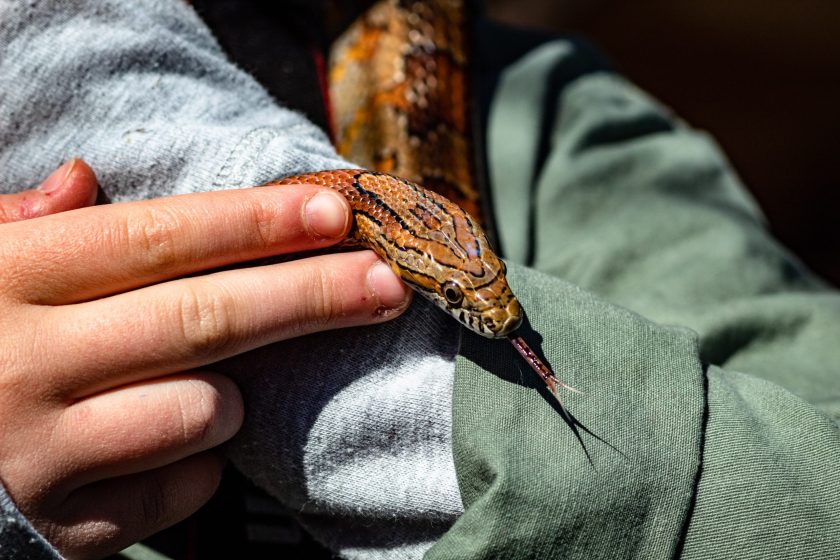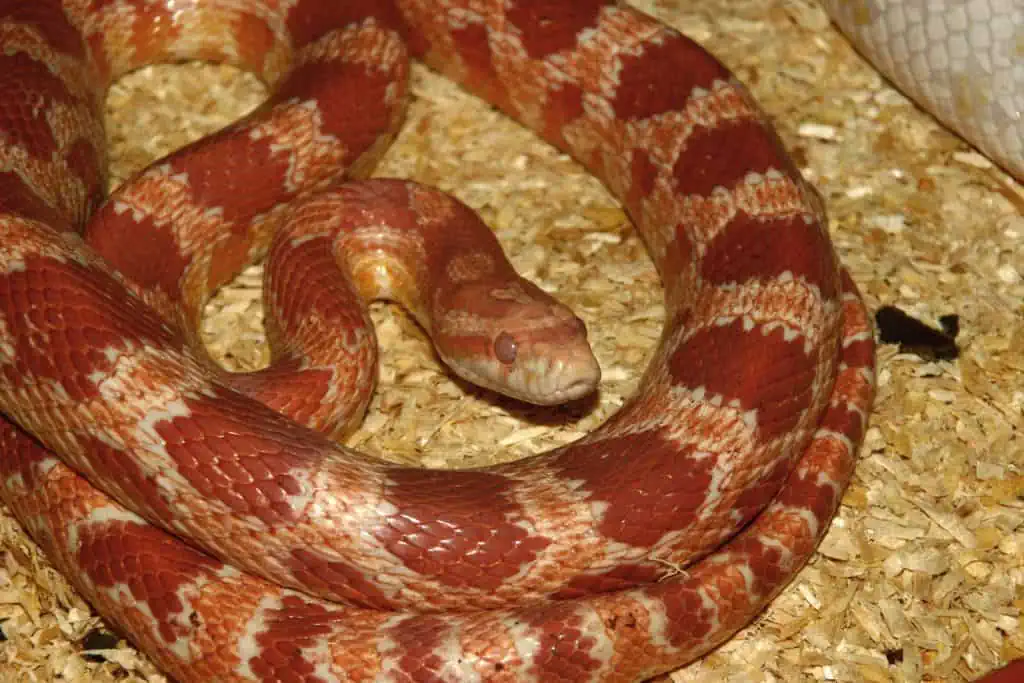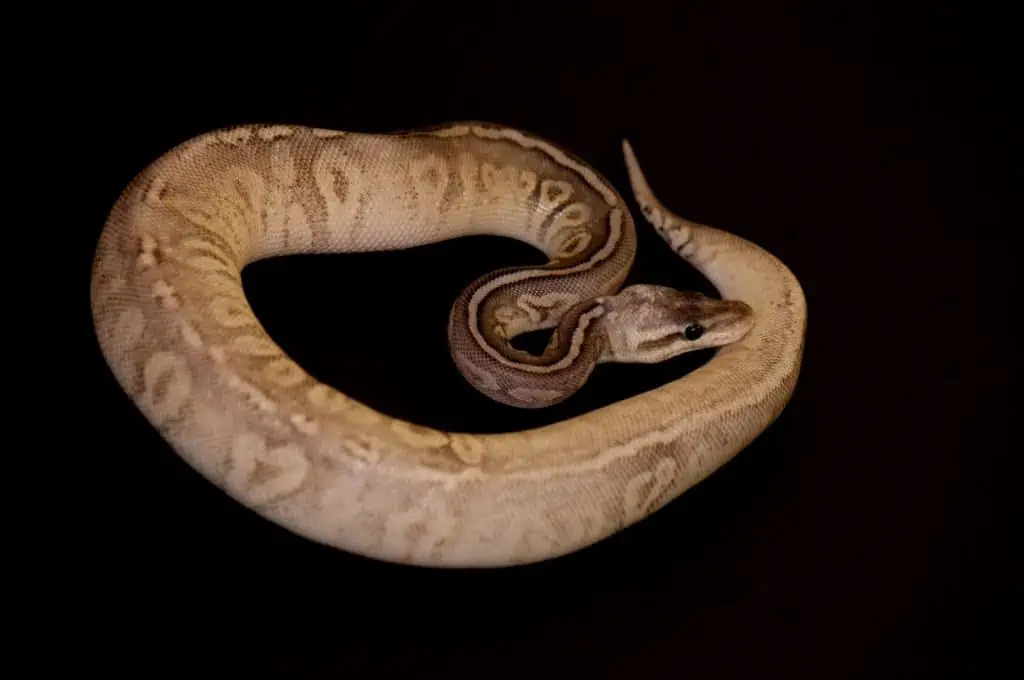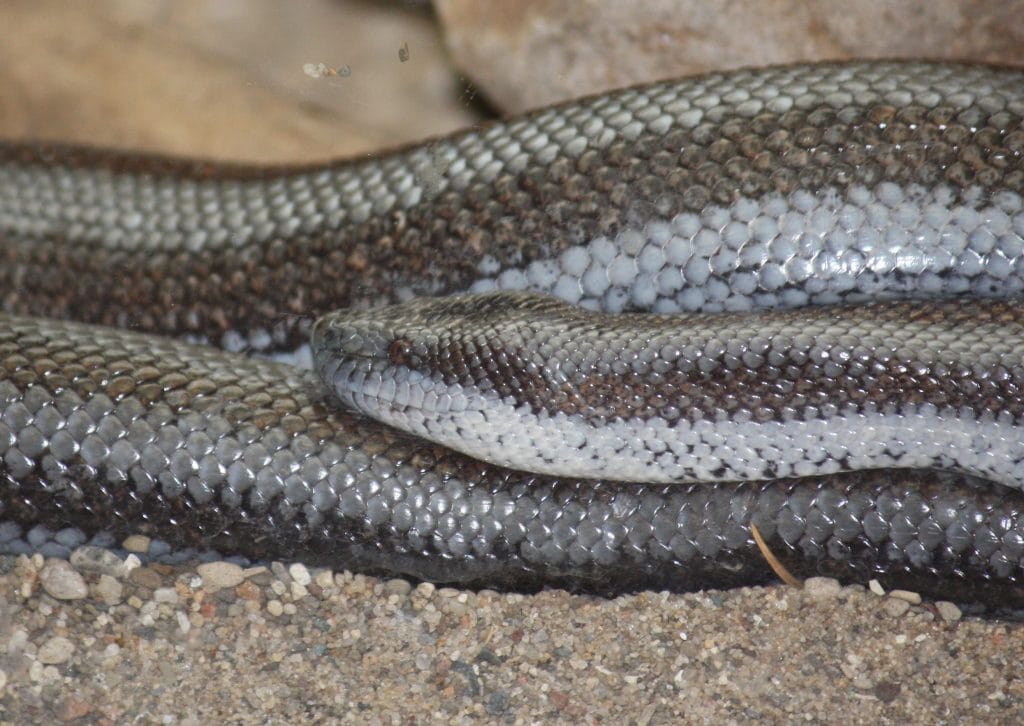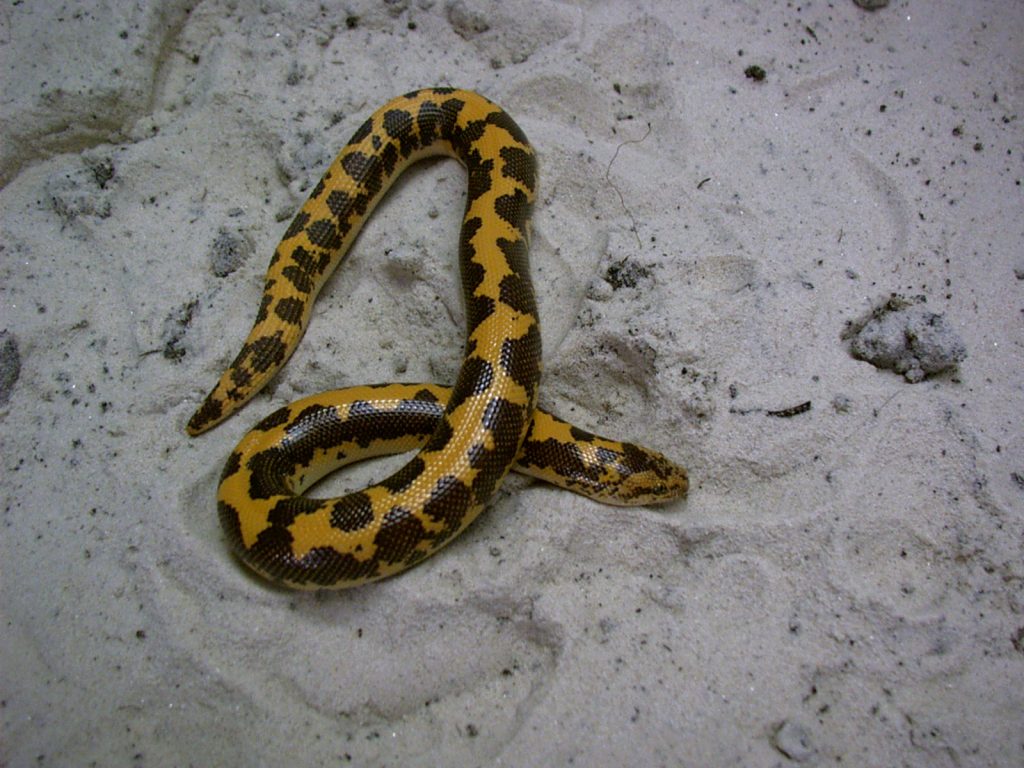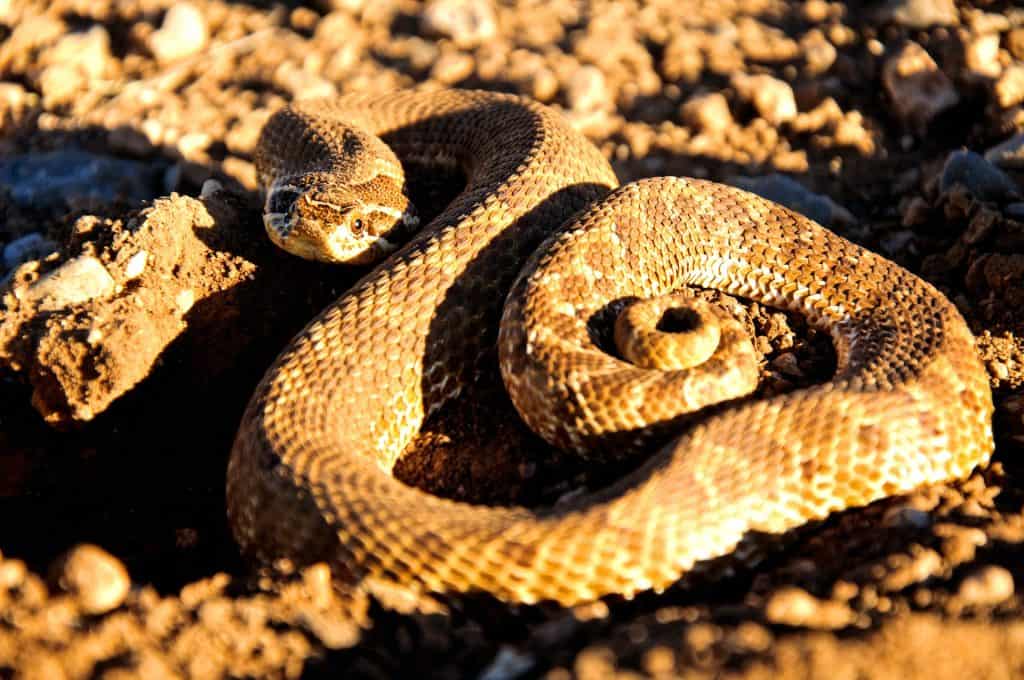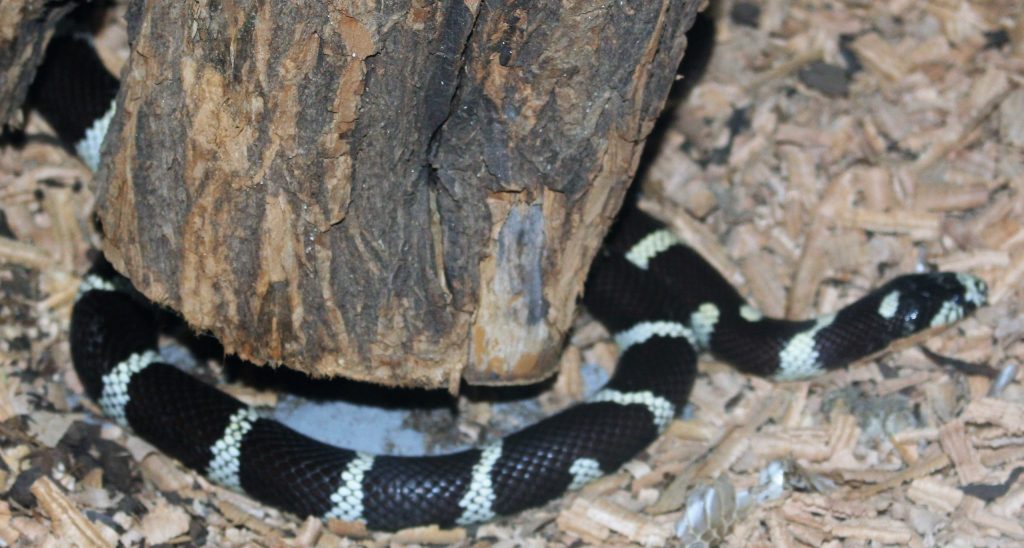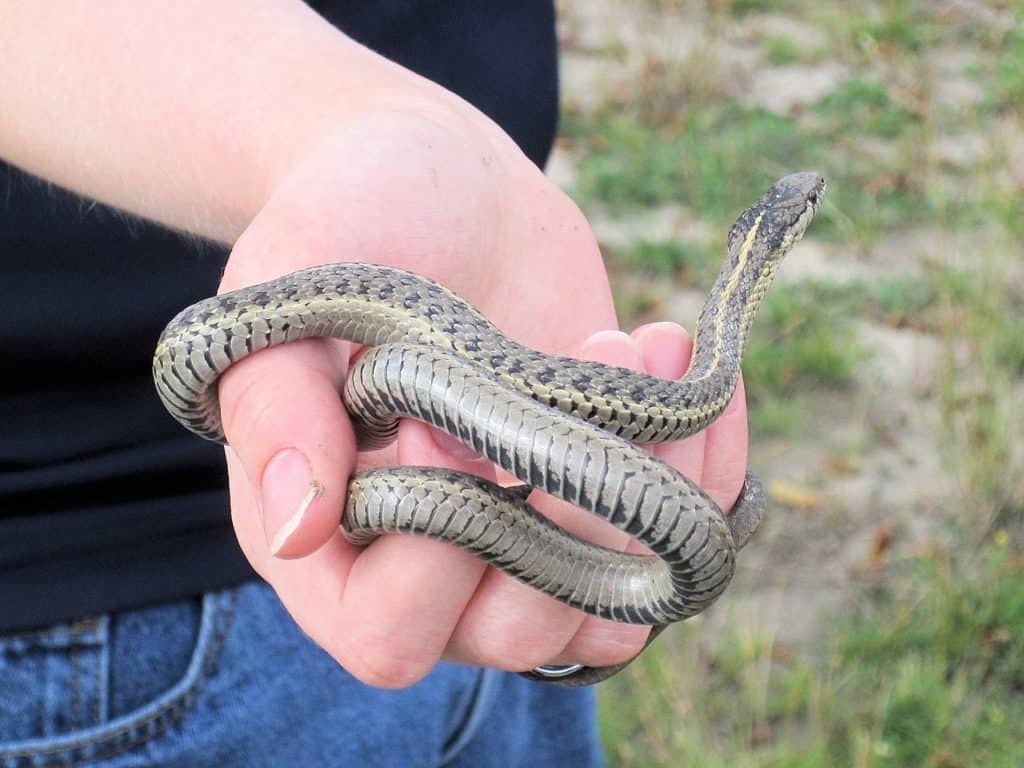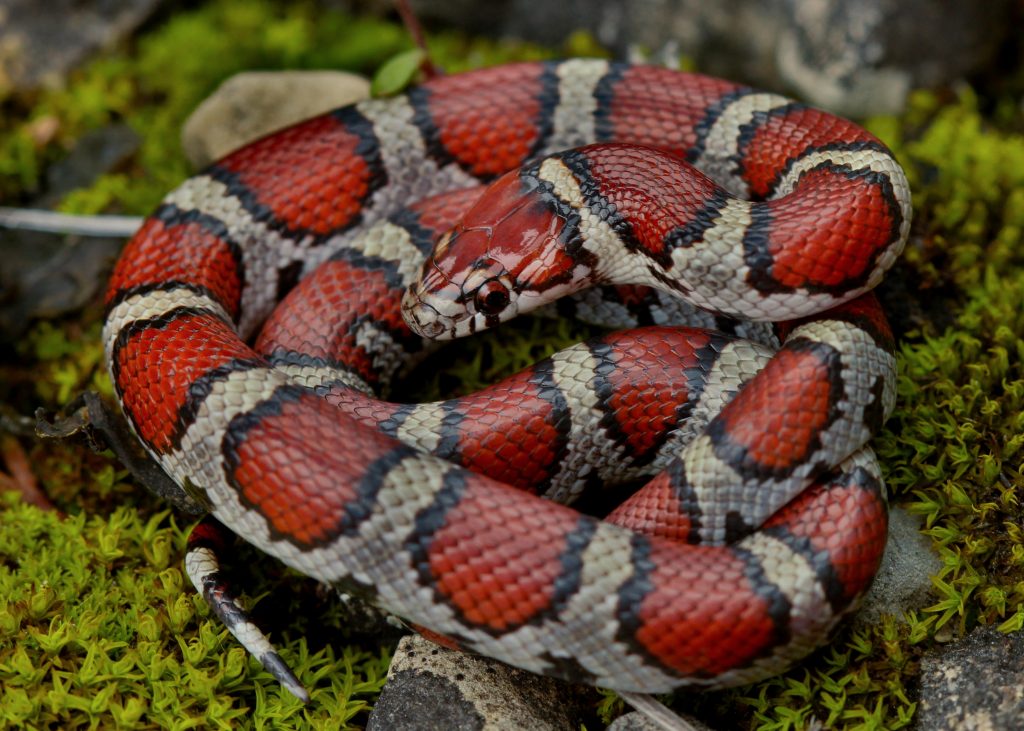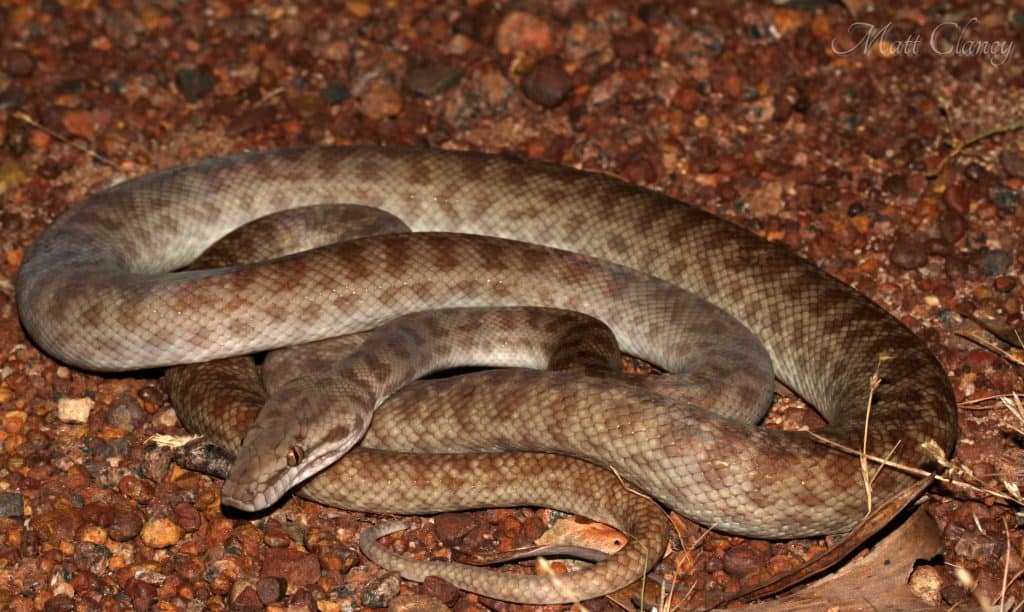Jumping into the snake world is like opening a cool book filled with colorful pictures, fun facts, and some “wow!” moments. However, holding one of these elongated creatures might seem daunting, if not terrifying, to many. But not all snakes are the same. Some are super chill. From my time with them, I’ve found that some snakes love a good hangout session, but others just get stressed, so it’s better to start your journey with a snake that loves handling! There are quite a few snakes out there that can be your “chill buddies”, they’re curious, playful, and just friendly—wondering what makes a snake great to handle?
Well, here are some characteristics that make a snake best for handling:
- Temperament – how they generally behave.
- Size – not too big or too small.
- Health – they have to be fit and fine.
- Activity Level – how active they are.
- Tactile Sensitivity – how they feel things.
So, whether you’re a seasoned reptile enthusiast or just venturing into this fascinating world, let me guide you through the best pet snakes that are a joy to handle. We’ll explore their characteristics, what makes them amiable companions, and how to handle them properly.
Do Snakes Like to be Handled?
Not all snakes act the same when you handle them; some are good with it, while others need time to get used to it. They’re not like your typical furry pets that love cuddles, but if you’re gentle and patient, many snakes can warm up to you. Over time, some even get curious and explore when you hold them. But remember, they might never love being held like a dog or cat does. It’s important to know your snake’s vibes and handle them carefully so they feel safe and you both have a good time.
But there are also wild or super venomous ones, and trust me, you better don’t touch them. They’ll even hiss or strike if they’re unhappy, making the conditions even worse.
What Makes a Snake Good to Hold?
Starting your journey in snake handling is both thrilling and informative. But before diving into top snake choices (that I personally recommend), it’s crucial to highlight the traits that make a snake good for handling.
- Temperament: How the snake generally behaves is very crucial. You’d want a calm and chill snake, not one that gets aggressive or stressed out easily. This makes the handling experience much smoother for both of you.
- Size matters greatly: You wouldn’t want a too-tiny or gigantic snake. Small snakes can be fragile, while big ones might be hard to manage. A medium-sized snake is a perfect pick—it can comfortably rest in your hands or around your arm.
- Health: A snake in tip-top shape is more likely to be comfortable with handling. Make sure your snake buddy is disease-free, parasite-free, and eating well. This way, you know they’re happy and healthy.
- Look at Activity Level and Tactile Sensitivity: How active a snake is and how it feels things are also key. Ideally, you want a snake that’s not too hyper but not too lazy, so it won’t try to run away or get restless. And if they’re not super sensitive to touch, that’s even better. They won’t get spooked easily, making your time together calm and fun.
When you pick a snake, keeping these things in mind, hanging out with them becomes a fun learning experience.
9 Snakes That Are Great To Handle
Now that we know what makes a snake easy to handle, let’s dive into our top choices. Many snakes are fantastic pets, but here I’ve enlisted the ones that are great for handling; if you take good care of them and put in some effort, they are your best friends.
1. Corn Snake
| Attribute | Information |
| Scientific Name | Pantherophis guttatus |
| Availability | Common; widely available through breeders, online reptile shops, and pet stores |
| Size | 2 to 5 feet |
| Average Life Span | 10-15 years |
| Activity Level | Adventurous, Nocturnal |
| Adult Tank Requirement | 30-40 gallons |
Corn snakes are an excellent pick, especially for those new to snake-keeping or younger enthusiasts. They are typically calm and quite simple to handle compared to Ball Pythons–which are a bit shy and can be pretty fun. They’re also a bit different from Ball Pythons because they’re a tad more curious, so you need to watch them more, especially if kids are around. Even though they’re pretty active, they’re gentle, and the good thing? They don’t have big fangs. So, even if they did bite, which is rare, the bite wouldn’t be a big deal. Given their manageable size, easy care, and interesting habits, Corn snakes are a great pet choice for those keen on reptiles.
2. Ball Python
| Attribute | Information |
| Scientific Name | Python regius |
| Availability | Readily accessible at pet stores, reptile expos, and through breeders |
| Size | 2 to 6 feet |
| Life Span | Up to 30 years |
| Activity Level | Nocturnal, calm |
| Adult Tank Requirement | 40 gallons or larger |
Ball Pythons are popular primarily because of their gentle nature, making them easy and pleasant to handle. They’re a bit shy, so forming a bond with them takes time and patience, helping to establish trust. They have this unique behavior of curling up into a ball when they feel scared, which is how they got their name, and it adds an extra bit of appeal to them. When you hold them, they might wrap around your shoulders, showcasing their serene nature. With a wide variety of colors and patterns, they’re not only easy to handle but also a treat for the eyes. Now, they are pretty sizable and have noticeable fangs, which might be intimidating, especially for younger handlers. But not to worry, their calm and gentle nature ensures they are a safe and wonderful pet for those ready to spend time building a trusting relationship.
3. Rosy Boa
| Attribute | Information |
| Scientific Name | Lichanura trivirgata |
| Availability | Reptile stores |
| Size | 1.5 to 4 feet |
| Average Life Span | 30+ years |
| Activity Level | Nocturnal, Active |
| Adult Tank Requirement | 15 gallons |
Rosy Boas are top-notch for beginners because they’re not too big and have a friendly attitude. Instead of getting nippy when scared, they often curl up into a little ball. So, they’re pretty relaxed when you want to hang out with them, even if you hold them for a while. Additionally, they’re curious, so playing with them is always fun and heartwarming. If they ever do bite, and that’s pretty rare, it usually doesn’t hurt much. That’s why they’re perfect for someone just entering the snake world. Plus, because they live well as pets and aren’t too demanding, taking care of them is a breeze and feels rewarding.
4. Kenyan Sand Boa
| Attribute | Information |
| Scientific Name | Eryx colubrinus |
| Availability | Common in pet stores and breeders |
| Size | 1.25 to 2 feet |
| Average Life Span | Up to 20 years |
| Activity Level | Burrower, Calm |
| Adult Tank Requirement | 15-20 gallons |
Kenyan Sand Boas have a unique love for burrowing, making them stand out amongst other snakes that are good for handling. This burrowing behavior means they don’t climb much, making handling them straightforward. Their skin has a unique beaded texture due to their granular scales – that feels unique when you touch them. Watching these snakes as they burrow in the sand, or even through your fingers, is truly a fascinating sight, and it captivates not just beginners but also those with a lot of experience in reptile keeping. While generally calm, some may act a bit skittish at first. However, they get used to human interaction with regular and gentle handling. Bites from them are a rarity, and when they do happen, it’s usually because they mistook something for food.
5. Western Hog Nose Snake
| Attribute | Information |
| Scientific Name | Heterodon nasicus |
| Availability | Easily available |
| Size | 1.6 to 3 feet |
| Average Life Span | 15 to 20 years |
| Activity Level | Moderately active (morning/evening) |
| Adult Tank Requirement | 20-40 gallons |
Western Hognose Snakes are pretty charmers because of their calm nature, which means they’re great for handling. One cool thing about them is their unique snout; it’s upturned! This isn’t just for show; it’s a sign that they love digging, which can be fun to watch. Now, here’s a quirky trait—they sometimes “play dead” when scared, and this act is scientifically called thanatosis. It’s both cute and interesting. Also, if they ever feel threatened, they might put on a little drama, like puffing up their bodies or pretending to strike without biting. It’s all for show and mostly harmless. Even though they might act big and tough, they’re generally quite friendly. When they feel safe, they love exploring and are calm about it. So, handling them is often a delightful experience because they’re less likely to bite and more interested in checking things out.
6. California Kingsnake
| Attribute | Information |
| Scientific Name | Lampropeltis getula californiae |
| Availability | Common in pet stores |
| Size (in feet) | 2.5 to 5 feet |
| Average Life Span | Up to 20 years |
| Activity Level | Active (Diurnal); engage in movement and exploration |
| Adult Tank Requirement | 40 gallons |
California Kingsnakes are also an excellent option for handling, thanks to their various features. First, they aren’t too big, so they’re easy to manage. They’re naturally gentle snakes, which usually stay calm when you hold them, especially if you handle them regularly. Instead of trying to bite or strike when scared, they tend to curl up, so that’s less scary for new snake owners. Since they’re active during the day, just like us, hanging out with them and learning from observing them is easy. The more you handle them, the more relaxed they get around humans. So, as they get used to you over time, holding them becomes even smoother experience.
7. Garter Snake
| Aspect | Information |
| Scientific Name | Thamnophis sirtalis |
| Availability | Easily available in pet stores |
| Size | 2-4 feet |
| Average Lifespan | 10 years or more |
| Activity Level | Active during the day, alert |
| Adult Tank Requirement | 40 gallons |
Garter snakes are a great pet choice, especially if you want a lively, watchful snake buddy. Because they’re not too big and have a friendly nature, they’re great for young folks or those new to snakes. As they get used to living in a home, they become more comfortable and shed their wild instincts over time, which is suitable for people who handle them often. When they feel scared, instead of getting aggressive, they mostly curl up or quickly look for a place to hide; this means less worry about unexpected reactions.
8. Milk Snakes
| Attribute | Information |
| Scientific Name | Lampropeltis triangulum |
| Availability | Reasonably available, best acquired through professional breeders or reptile expos |
| Size in Feet | 1 to 6 feet |
| Life Span | Up to 20 years |
| Activity Level | Not highly active |
| Adult Tank Requirement | 20 to 50 gallons |
Milk Snakes come from places like Mexico and parts of the US. They’re gentle, so newbies will find them extremely easy to handle. The good news is that they don’t have venom in their bite and are often calm when you’re around them. This makes holding them a breezy experience. But here’s a thing to remember: even though they’re usually peaceful, they might try to eat each other if you have more than one. So, always watch out and keep them separate.
9. Children’s Python
| Attribute | Description |
| Scientific Name | Antaresia childreni |
| Availability | Moderately Available |
| Size in Feet | 3 to 5 feet |
| Lifespan | 15 to 30 years |
| Activity Level | Calm |
| Adult Tank Requirement | 30 gallons (or enclosure sized around 3 by 2 by 2 feet) |
Children’s Pythons are well-behaved snakes, making them a top pick for people who love reptiles, especially those just starting out. You might hear people say they’re mellow, and that’s because they are. Caring for them is pretty straightforward, but that doesn’t mean you can slack off! Being aware of what they need is crucial. Because they’re so laid-back, lots of people like to hold them. If you handle them gently and often, they’ll stay friendly and relaxed.
This snake’s size is just right, not too big or small. Their gentle ways, combined with their easy care, are why many recommend Children’s Pythons for those new to snakes. Since they’re so good with people and because they don’t mind being touched—they can be great pets, even if kids are around. Always watch and make sure everyone’s safe!
How To Properly Handle a Snake
Handling a snake requires a gentle touch, patience, and an understanding of the snake’s behavior. Now, let’s dive into the steps to handle a snake.
Preparation
First things first, Before even touching your snake, wash your hands thoroughly. It makes sure you don’t transfer any harmful bacteria to the snake and also ensures that your hands don’t smell like potential food or threats.
Getting to Know Each Other
If you just got your snake, give it time and let it get used to you. The best way to do this is by resting your hand in its home for a little while each day. This way, it’ll learn you’re not a danger because it’ll get used to your scent.
The Right Approach
Move slowly and smoothly when near your snake. Quick moves can scare it. Before you even think of picking it up, make sure it knows you’re there.
Picking Up
When you feel ready, gently pick the snake up from the side, aiming for the middle of its body. Use both hands, one towards the front and the other towards the tail, so it feels secure.
Stay Safe
Tools like snake hooks might be handy if your snake seems grumpy or looks like it might snap. But remember, always treat your snake gently.
Watch and Learn
Notice how your snake acts in your hands. If it coils around you, let it find its comfy spot. And stay calm, if you’re calm, your snake will likely feel at ease, too.
Which Snakes Not to Handle and Avoid
So, while there are a lot of snakes you can hold and play with, there are some you should avoid for your safety and theirs! Let’s look at the main ones you need to be wary of:
Venomous Snakes
These snakes have super strong venom, bad enough to hurt or even kill someone seriously. For example, the Saw-scaled vipers, though small, can be extremely aggressive. Their dangerous bites lead to over 50,000 deaths every year.
Wild Snakes
Wild ones, like rattlesnakes, can be pretty unpredictable. If they feel threatened, they might bite, and trust me, that venom can harm you badly.
Constrictors
Some giant snakes, like the reticulated python or the green anaconda, are tremendously strong. Their capability to coil around and squeeze can cause severe injury or suffocation, making them unsafe to handle without expert training.
Timid Snakes
It’s not just the aggressive ones. Even the shy snakes can be dangerous if they get scared. They might bite, and even if they’re not venomous, their bites might get infected or cause allergies.
Now It’s Your Turn
There are several snake types out there. Some are super friendly and can be great buddies, but for certain species, it’s best to look and not touch. The eight snakes we talked about are not only gentle; they each have distinct traits that can create enriching interactions for both you and them. If you’re unsure about a snake, consult experienced herpetologists, reptile handlers, or vets to gain insights into a particular snake’s nature and suitability for handling. Remember, respecting and understanding these fascinating creatures will go a long way in ensuring a fulfilling and enriching snake-keeping journey.
Which snake do you like best? Is there a particular snake you’ve had an enriching handling experience with? Let us know in the comments below!

